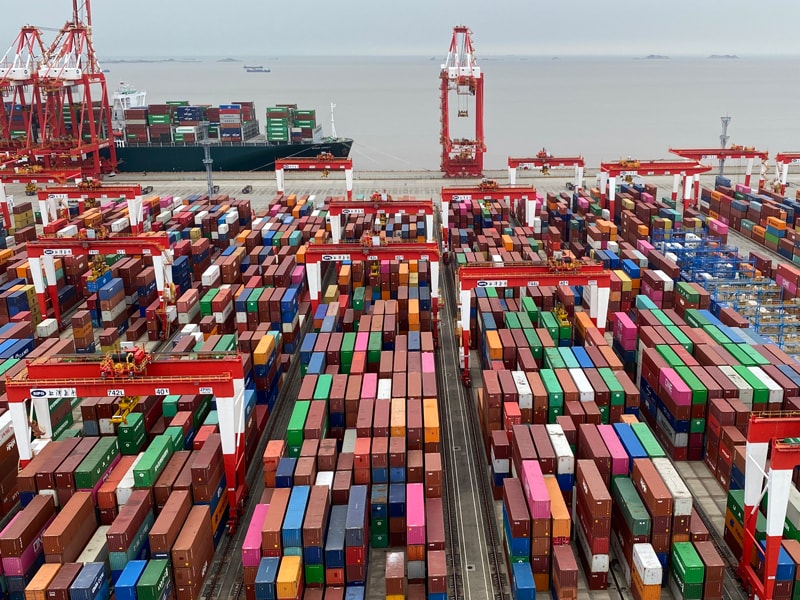
The world is still short of everything. Get used to it
The Great Supply Chain Disruption is a central element of the extraordinary uncertainty that continues to frame economic prospects worldwide and if the shortages persist well into next year, that could advance rising prices on a range of commodities
 Shipping containers at the port in Shanghai, China, on June 17, 2021. When a small virus outbreak closed a huge container port near Shenzhen from late May through late June, huge numbers of extra containers flooded other Chinese ports like Shanghai. (Keith Bradsher/The New York Times)
Shipping containers at the port in Shanghai, China, on June 17, 2021. When a small virus outbreak closed a huge container port near Shenzhen from late May through late June, huge numbers of extra containers flooded other Chinese ports like Shanghai. (Keith Bradsher/The New York Times)
Like most people in the developed world, Kirsten Gjesdal had long taken for granted her ability to order whatever she needs and then watch the goods arrive, without any thought about the factories, container ships and trucks involved in delivery.
Not anymore.
At her kitchen supply store in Brookings, South Dakota, Gjesdal has given up stocking place mats, having wearied of telling customers that she can only guess when more will come. She recently received a pot lid she had purchased eight months earlier. She has grown accustomed to paying surcharges to cover the soaring shipping costs of the goods she buys. She has already placed orders for Christmas items like wreaths and baking pans.
“It’s nuts,” she said. “It’s definitely not getting back to normal.”
The challenges confronting Gjesdal’s shop, Carrot Seed Kitchen, are a testament to the breadth and persistence of the chaos roiling the global economy, as manufacturers and the shipping industry contend with an unrelenting pandemic.
©2019 New York Times News Service







